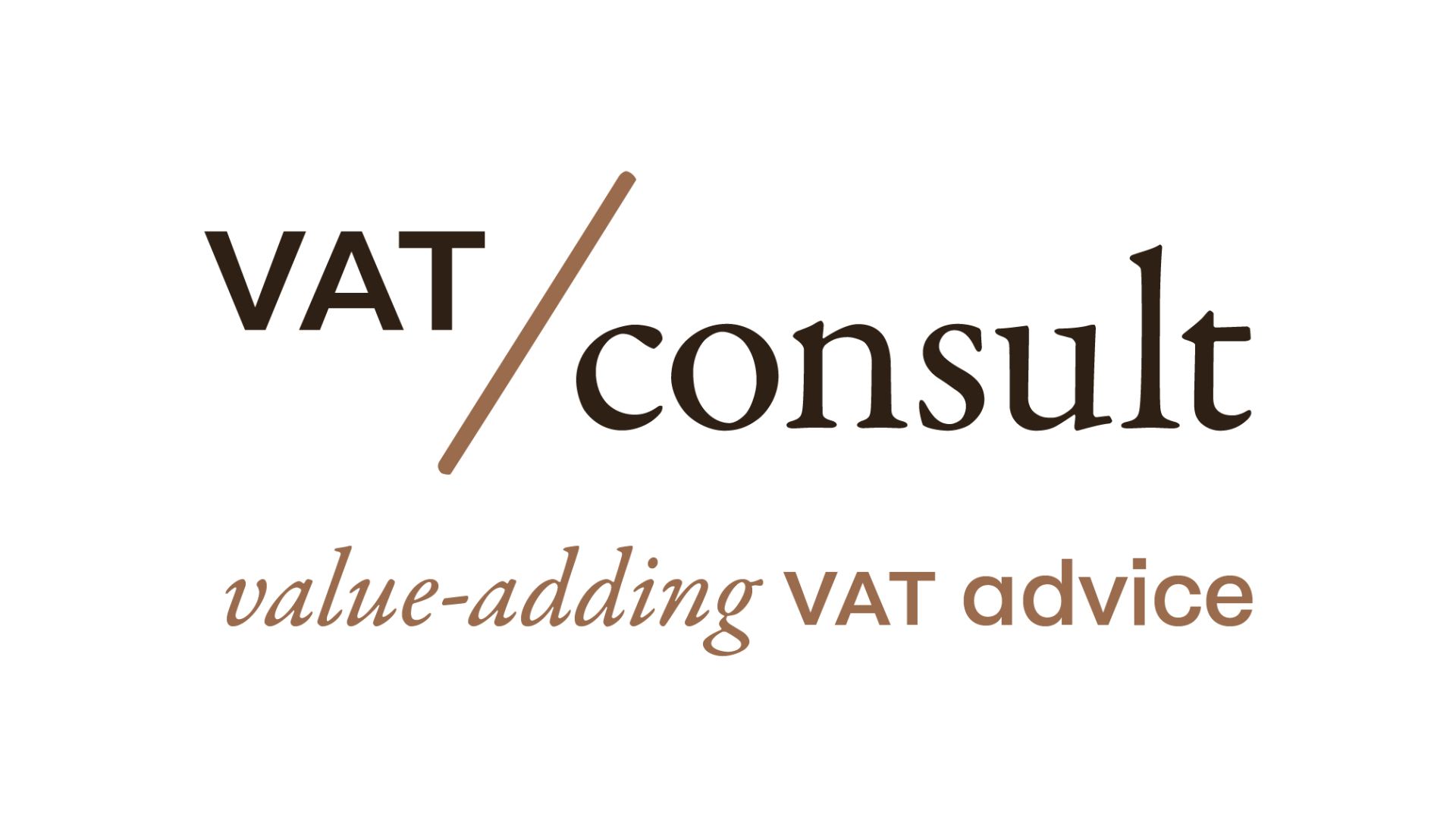Background
A mixed taxpayer is subject to VAT only for part of its economic activity (other activities are subject to a specific VAT exemption). In order to exercise the right of deduction, mixed taxpayers apply in principle the general (revenue-based) prorata (art. 46, § 1 VAT Code). Only if the taxpayerfiles a specific request , or if it is imposed, the Belgian VAT authorities may grant taxpayers a permit to exercise their VAT deduction based on actual use (art. 46, § 2 VAT Code). In the absence of such authorization, mixed taxpayers are required to calculate their right of deduction based on the general pro rata. In other words, the current regulation requires a "permit" to apply actual use. In practice, actual use is sometimes applied without any administrative approval. And if approval was ever granted, it is not clear where this approval has been achieved.
The current way of working is perceived as particularly inefficient. It was therefore time to thoroughly reform the procedure. The solution found is a new mandatory notification procedure.
Automated procedure
The specific modalities of the new procedure have now been further specified in a new RD that made several changes to the existing RD No. 3. The new automated procedure now provides for a mandatory electronic notification through the declaration of start of activities (E-604A) or modification of activity (E-604B). The same procedure applies when taxpayers opt out of actual use.
The new RD provides that the notification must be made before the end of the first return period of the calendar year (either before Jan. 31 for a taxpayer-filing monthly returns or March 31 for a taxpayer filing-quarterly returns). The option then applies to the deduction of VAT as of January 1 of that year.
However, a different deadline applies at the start of a new activity or at the start of an activity that makes the taxpayer a mixed taxpayer. In these cases, the notification will have to be submitted before the last day of the first tax return period following the start of the activity or its change.
The notification will have effect for an indefinite period, which will, however, run at least until December 31 of the third year following the date on which it took effect. The purpose of this minimum period is to avoid changing deduction schemes too frequently (general ratio vs. actual use).
Also in case of termination
The same procedure applies when a company decides to stop applying the method of actual use or loses its status as a mixed VAT payer. In this case, the administration must also be informed via a prior notification, whereby the taxpayer can no longer make use of the deduction according to actual use as of January 1 of the year following the notification.
New reporting obligation
The new RD also provides for the obligation to report certain information (in the form of structured data) when submitting the VAT return (Q1 period or one of the first three months). More specifically, taxpayers must report the following information:
- The final prorata of the previous year (if applicable);
- The percentage of VAT charged with respect to (i) costs used for activities which entitlent to a full right to VAT deduction, (ii) costs that do not give rise to a right to deduction and (iii) costs used for both activities;
- the special prorata used for mixed costs (where several prorata’s are applied, each of them must be reported separately, as well as the overall result of the application of these special proratas to the VAT charged on the mixed costs).
This information should allow the administration to assess whether or not the criteria used by the taxpayer, who wishes to exercise his right to deduction according to actual use, are acceptable. Remarkably, the communication of this information is seen as a condition for applying the actual use system.
Agreement no longer required, but refusal is possible
Contrary to the current procedure, this "simple" prior notification will suffice, and taxpayers no longer have to wait for the administration's authorization.
It is only when the tax authorities do not agree that they can refuse the application through a motivated decision. This refusal is retroactive, but must be communicated within a certain period of time (i.e. December 31 following the year in which the initial notification took effect).
After this refusal decision, the taxpayer can still try to reach an agreement by proposing new criteria or even appeal.
Also for current users
Last but not least, it is also stipulated that taxpayers who already apply the principle of actual use will still be required to send an electronic notification for the application of this deduction regime. This notification must be made according to the same modalities before July 1, 2023. This normally means that they will also have to submit the necessary information (allocation keys, etc.), to the tax authorities.
Impact
The impact of this change cannot be underestimated. After all, it is clear that the tax authorities want to gain insight into the overall VAT deduction position. Given the importance attached to the new administrative formalities, taxpayers should prepare themselves to justify their VAT deduction position.
